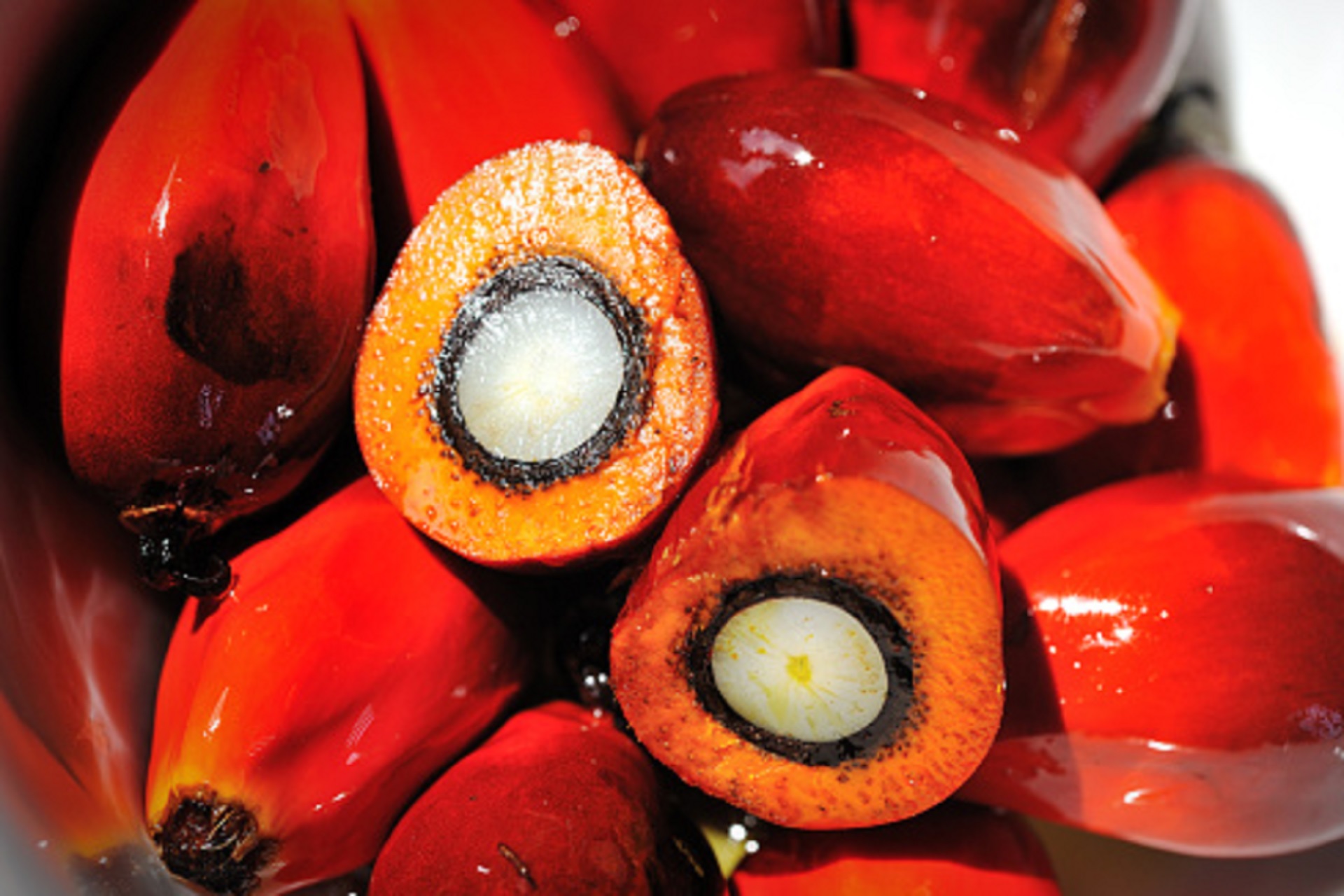BACKGROUND:
Antipsychotic (neuroleptic) medication is used extensively to treat people with chronic mental illnesses. Its use, however, is associated with adverse effects, including movement disorders such as tardive dyskinesia (TD) – a problem often seen as repetitive involuntary movements around the mouth and face. Vitamin E has been proposed as a treatment to prevent or decrease TD.
OBJECTIVES:
The primary objective was to determine the clinical effects of vitamin E in people with schizophrenia or other chronic mental illness who had developed antipsychotic-induced TD.The secondary objectives were:1. to examine whether the effect of vitamin E was maintained as duration of follow-up increased;2. to test the hypothesis that the use of vitamin E is most effective for those with early onset TD (less than five years) SEARCH METHODS: We searched the Cochrane Schizophrenia Group Trials Register (July 2015 and April 2017), inspected references of all identified studies for further trials and contacted authors of trials for additional information.
SELECTION CRITERIA:
We included reports if they were controlled trials dealing with people with antipsychotic-induced TD and schizophrenia who remained on their antipsychotic medication and had been randomly allocated to either vitamin E or to a placebo, no intervention, or any other intervention.
DATA COLLECTION AND ANALYSIS:
We independently extracted data from these trials and we estimated risk ratios (RR) or mean differences (MD), with 95% confidence intervals (CI). We assumed that people who left early had no improvement. We assessed risk of bias and created a ‘Summary of findings’ table using GRADE.
MAIN RESULTS:
The review now includes 13 poorly reported randomised trials (total 478 people), all participants were adults with chronic psychiatric disorders, mostly schizophrenia, and antipsychotic-induced TD. There was no clear difference between vitamin E and placebo for the outcome of TD: not improved to a clinically important extent (6 RCTs, N = 264, RR 0.95, 95% CI 0.89 to 1.01, low-quality evidence). However, people allocated to placebo may show more deterioration of their symptoms compared with those given vitamin E (5 RCTs, N = 85, RR 0.23, 95% CI 0.07 to 0.76, low-quality evidence). There was no evidence of a difference in the incidence of any adverse effects (9 RCTs, N = 205, RR 1.21, 95% CI 0.35 to 4.15, very low-quality evidence), extrapyramidal adverse effects (1 RCT, N = 104, MD 1.10, 95% CI -1.02 to 3.22, very low-quality evidence), or acceptability of treatment (measured by participants leaving the study early) (medium term, 8 RCTs, N = 232, RR 1.07, 95% CI 0.64 to 1.80, very low-quality evidence). No trials reported on social confidence, social inclusion, social networks, or personalised quality of life, outcomes designated important to patients. There is no trial-based information regarding the effect of vitamin E for those with early onset of TD.
AUTHORS’ CONCLUSIONS:
Small trials of limited quality suggest that vitamin E may protect against deterioration of TD. There is no evidence that vitamin E improves symptoms of this problematic and disfiguring condition once established. New and better trials are indicated in this under-researched area, and, of the many adjunctive treatments that have been given for TD, vitamin E would be a good choice for further evaluation.
Read More


